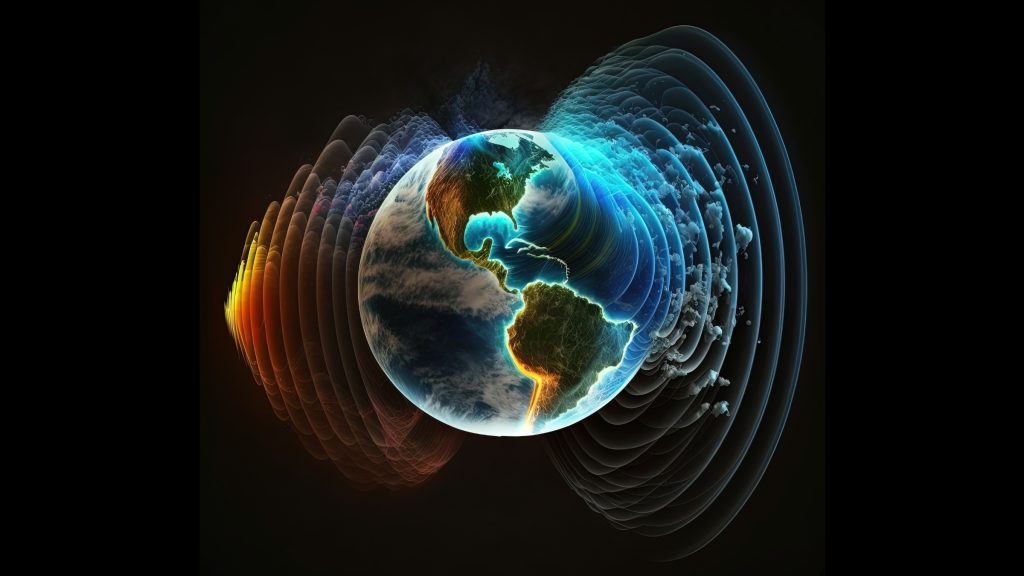
NASA is set to launch the Quantum Gravity Gradiometer Pathfinder (QGGPf), the world’s first space-based quantum gravity measurement sensor will use ultra-cold rubidium atoms to detect underground water, oil reserves, and geological formations with unprecedented precision.
The suitcase-sized instrument measures minute gravity variations by comparing the free-fall speeds of two atom clouds in a vacuum, using quantum wave behavior for accuracy far beyond traditional sensors.
Center of Gravity Measurement Method
QGGPf holds an extremely advanced type of gravity sensor, referred to as a gravity gradiometer that measures rate variations of objects under gravity. The QGGPf compares the speed at which two extremely cold clouds of rubidium atoms free-fall in space. The faster one cloud falls compared to the other, the stronger cloud gravity there is.
Quantum physics is the crucial factor here. Unlike traditional gravity sensors, QGGPf uses floating atoms in a vacuum that demonstrate wave-like behavior rather than particle-like behavior. This allows greater precision and reliability in gravity measurement.
“With atoms, I can guarantee that every measurement will be the same,” said physicist Sheng-Wey Chiow. “We’re less sensitive to environmental noise,” meaning QGGPf can provide clearer, more precise data compared to older models, leading to gravity mapping that’s way more detailed.

Gravity Measurement Earth to Space
The QGGPf’s sensitivity to small changes in Earth gravity variation is remarkable. As a result of natural processes like tectonic activity or fluctuations in the water level, the gravity of Earth changes constantly.
Such a change is too small to be measured, but using high-tech sensors, scientists can “see” what is happening below beyond the surface, such as water reserves or even valuable minerals.
“We could determine the mass of the Himalayas using atoms,” said Jason Hyon, chief technologist for Earth Science at JPL, in the NASA release.
The sensor could even be used in the future to explore other planets as the power of Quantum gravity would enable it to provide cloud gravity data at a global scale. Additionally, it would contribute to the collection of climate and gravity data.
The QGGPf will be launched by the end of the decade and its mission will be to send this new technology to measure force of gravity into space and study its performance. If new gravity measurement works, it could change how scientists explore Earth and the universe, expanding the horizon for a new level of knowledge, all based on measuring gravity four times more accurately than the current technology.
Inside Telecom provides you with an extensive list of content covering all aspects of the tech industry. Keep an eye on our Tech sections to stay informed and up-to-date with our daily articles.